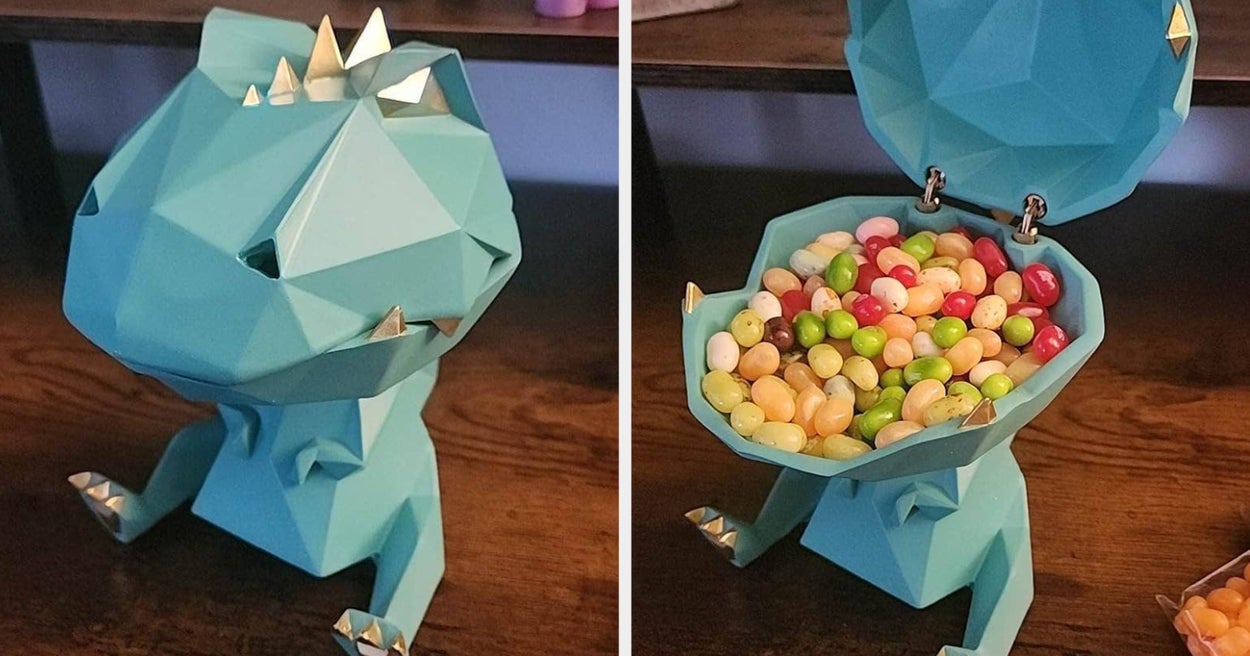Are you conscious of how you build your infographics?
If you want to be a successful content creator, it’s essential to know the most common infographic building errors. When you understand these errors, you’ll know how to create good content that engages your audience.
For instance, check the balance in the design. Are there plentiful images accompanying the headline? Are they all high-definition? Also, check the text — is it concise and easy to read?
Here are the top six most common infographic building errors and how to avoid them:
1. Misusing Color and Fonts
Too many colors, fonts, and combinations can lead to confusion. Try to stick to no more than three colors, and make sure those colors complement each other.
Avoid using many types of fonts for infographics to ensure your message is clear and concise. Choosing a universal, easy-to-read font and establishing infographic color options are ideas on how-to-make infographics that stand out.
2. Not Posting Content in an Organized Way
Not posting content in an organized way makes it difficult for the viewer to interpret the data and find the information they are looking for. To avoid this, keep related information together and organize it logically.
Group information by categories or topics and provide labels to differentiate them. Use visuals such as diagrams, icons, or arrows to connect related information.
3. Too Much Text and Not Enough Imagery
Too much text on infographics and not enough imagery. People think that if there is more content, then there will also be more information.
To avoid too much text and not enough imagery, choose a few data points or ideas and highlight those alongside visual cues such as a line chart or a picture. Through the help of these visual aids, the message will be easier to follow and will create a stronger connection with the reader.
4. Overlooking the Use of Relevant Data Visualization Tools
One major error in infographic building is overlooking the use of relevant data visualization tools. Different data visualization tools are best suited for different tasks. For example, pie charts are better for displaying two or three pieces of data, while bar graphs are better for larger amounts.
Identifying what type of data visualization tool will achieve the desired result is key to avoiding errors. Research and use data visualization tools to create successful infographics.
5. Not Fact Checking
One of the most common mistakes when creating an infographic is not fact-checking the information. It’s important to make sure that the data presented has been sourced from credible places and is correct and up to date.
To avoid this mistake, double-check that each statistic is accurate by researching it from multiple sources. It’s important to make sure that each source is reliable and comes from a credible source.
6. Choosing Low-Quality Graphics
Low-quality graphics make a noticeable impact on the infographic aesthetic. They were unappealing, lack proper proportions, and cheap looking.
To avoid this error, individuals must be mindful of where they source graphics for their infographics. Be sure to research and get graphics that are appealing, well-proportioned, and of high quality.
Learn How to Avoid Common Infographic Building Errors
Infographics are a powerful tool for engaging readers, but it’s vital to avoid common infographic building errors. Use consistent typography, imagery, and layout for an effective infographic.
Use short, compelling ideas and clear storytelling for each infographic. Plan and take the time to create something that looks professional and attractive. Start creating powerful infographics today!
Did you find this article helpful? Check out the rest of our blogs!
Source link










Leave a Reply